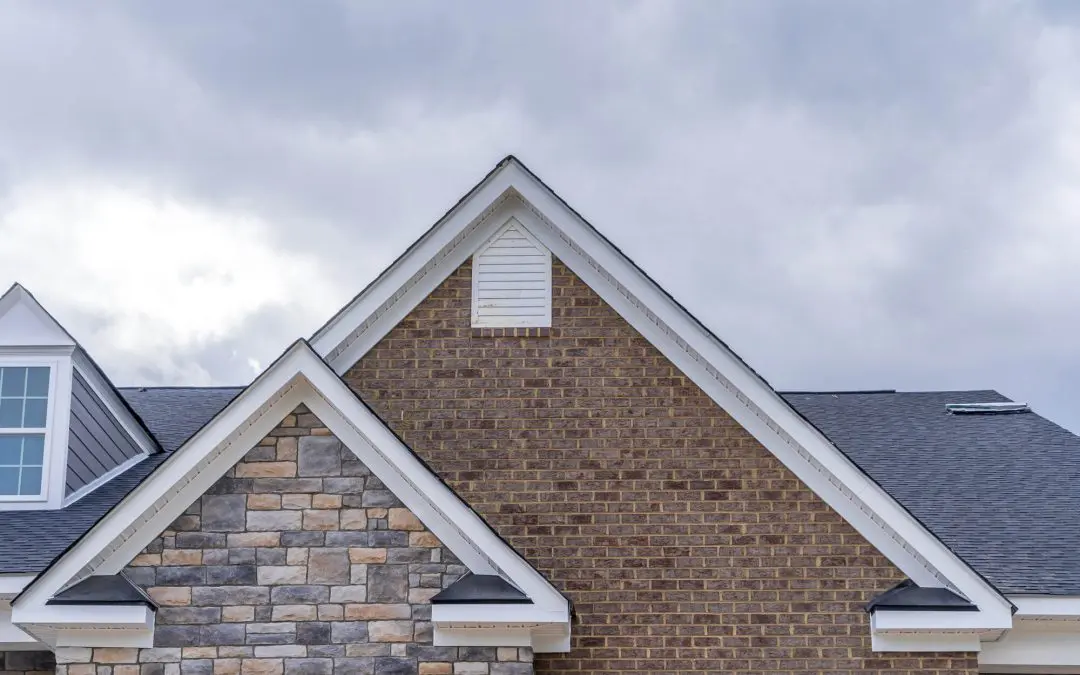Attic ventilation might not be the first thing on your mind when it comes to home maintenance, but it’s an important element in keeping your home healthy, energy-efficient, and long-lasting. A properly ventilated attic helps regulate temperature, prevents moisture buildup, and protects the structural integrity of your home. Understanding how it works—and why it matters—can save you money and headaches down the road.
What Is Attic Ventilation, and How Does It Work?
Attic ventilation involves moving fresh air into and out of the attic to maintain proper airflow and regulate temperature and moisture. This airflow typically happens through intake vents (like soffit vents) and exhaust vents (such as ridge or gable vents). The goal is to maintain a balanced air flow—cool air comes in, hot and moist air goes out.
Without adequate ventilation, heat and humidity can build up quickly. In the summer, this can raise your home’s overall temperature, making your air conditioner work harder. In the winter, warm air from the living space rises into the attic and can condense on cold surfaces, leading to mold growth and potential damage to insulation, wood framing, or even your roof.
Why Proper Attic Ventilation Is Essential
Proper attic ventilation does more than circulate air. It plays an important role in protecting your investment. During warmer months, it helps to reduce the load on your HVAC system, leading to lower energy bills. It can also extend the life of your roofing materials by preventing excessive heat buildup beneath the shingles.
In colder months, good ventilation helps prevent ice dams—ridges of ice that can form along the edges of your roof. Ice dams are caused by uneven roof temperatures, which often result from poor attic airflow. By keeping the attic cool and dry, ventilation helps keep the entire roofing system balanced and functioning properly year-round.
Signs Your Attic Ventilation Might Be Inadequate
If your attic is too hot in the summer or has condensation in the winter, you may have a ventilation issue. Other signs include musty odors, visible mold or mildew, sagging insulation, roofing issues like curled or deteriorated shingles, or high utility bills.
Another way to check is to step into your attic on a warm day. If it feels like a sauna or smells damp and stale, consider improving the airflow.
Improving Your Ventilation
Improving ventilation doesn’t always require a complete overhaul. Sometimes, it’s a matter of unblocking existing vents or upgrading the type of ventilation used.
In some cases, adding a ridge vent or attic fan can significantly boost airflow. But it’s important not to go overboard—too much exhaust with not enough intake can create negative pressure and actually pull conditioned air from your home into the attic, raising energy costs. An attic inspection can reveal whether your intake and exhaust systems are balanced or additional vents are needed.
When to Call a Professional
While homeowners can often spot signs of poor attic ventilation, diagnosing and correcting the problem is usually best left to a professional. Roofing contractors, home inspectors, or ventilation specialists will inspect your attic’s unique needs, considering your climate, roof design, insulation, and more. They will recommend the best solution—more vents, different vent styles, or other improvements like better attic insulation.
Attic ventilation may not be the most visible part of your home, but it plays a vital role in keeping things running smoothly. With the right system in place, your attic can stay cool, dry, and energy-efficient all year long.
FAQs About Attic Ventilation
How much attic ventilation do I need?
The general rule of thumb is 1 square foot of ventilation for every 300 square feet of attic floor space, split evenly between intake and exhaust.
Can poor attic ventilation affect my health?
Yes. Poor ventilation can lead to mold and mildew, affecting indoor air quality and triggering allergies or respiratory issues.
Do attic fans help with ventilation?
They can, especially in larger attics or homes in very hot climates. However, they must be used properly and balanced with intake vents to be effective.
Is attic ventilation only important in warm climates?
No. It’s just as important in cold climates to prevent condensation, mold growth, and ice dams. Every home, regardless of region, benefits from proper attic airflow.
Can I add more vents myself?
Some basic vent upgrades might be DIY-friendly, but you should let a professional handle adding or modifying roof or soffit vents to ensure safety and effectiveness.
Home Support Property Inspections provides home inspection services in Maryland and DC. Contact us to request an appointment.

